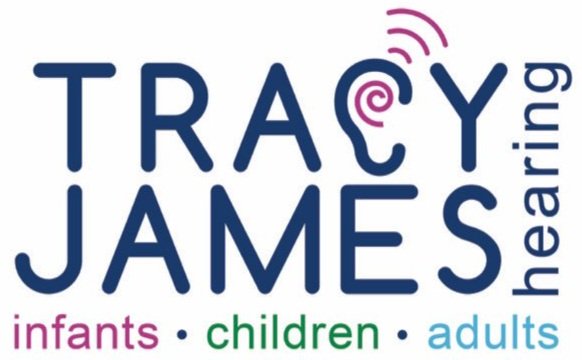What is Auditory Processing Disorder?
Hearing involves a much more complex process than just the hearing organ (cochlea) in the ear. The neural pathway from the ear to the brain and the auditory cortex part of the brain are as equally important as what the ear detects through sound.
Parents who have a child with auditory processing disorder will know how true this is. Auditory Processing Disorder (APD) is exactly what it says on the tin. The brain finds it difficult to process and understand sound, particularly speech. The pathway between the ear and the brain and the way the brain encodes the information from the ear is not working properly. This means that the sound/speech can be scrambled, altered or delayed. It is thought that about one in 20,000 children have APD, which can range from mild to severe.
Children can have APD without having a hearing loss. So trying to get support for a child when they are in education can be difficult, as the child doesn’t have a recognised ‘hearing loss’.
It also doesn’t help that APD has only been accepted as a condition for the last 15-20 years. Consequently there is still a lot we don’t understand and are still learning about it.
What are the signs of APD?
Difficulty understanding speech when listening.
Behaviour as if a hearing loss is present, often asking for repetition or clarification.
School children may have difficulty with spelling or reading. They may also struggle with understanding verbal information in the classroom
Problems with expression when using speech, e.g. difficulty with organising language. They may even have articulation issues
Remembering spoken instructions may be difficult.
Difficulty with recalling information in a specified order.
Problems understanding spoken messages, particularly if it is noisy or the person talks fast.
Difficulties staying focused.
Difficulties knowing the direction of where sound is coming from.
So, you can see why the first port of call is often an audiologist, as many of the symptoms above are similar to hearing loss. But then again, a lot of them are also consistent with other disorders, like dyslexia or speech and language disorder. This is what makes APD hard to diagnose. There are several hearing tests for APD, and it is important that professionals work together, e.g. speech and language therapy, audiology and educational psychology.
If you are a parent of a child with APD what you really want to know is what can help. There are three main strategies that we know helps children with APD:
Auditory Training
Auditory training is all about training the brain to improve the way it listens. This can be playing matching sound games, connecting movements with sounds, talking books, and rhymes and chants. Learning a musical instrument can also help your child improve the way their brain listens. Side by side tracking, where you start reading and then they finish the sentence is very helpful. There are lots of different sites out there that can help you. Mainly look for ones that are more education oriented, including:
http://www.smartappsforspecialneeds.com/2013/08/top-apps-for-auditory-processing.html
Compensatory strategies
Compensatory strategies are things like using mnemonics strategies, such as
Picture representations to remember a person, object etc.
Rehearsing what they need to remember.
Using analogies.
Keeping a diary.
Writing things down.
Modifying the listening environment.
Anything that helps improve your child’s organisation and, therefore, stress may help them cope with the APD. Most parents with a child in education with APD will be familiar with modifying the environment. Sitting the child in the front of the classroom, where they can see the teacher and board clearly, for example, and reducing reverberation by having walls with carpets and dividers.
Use of assistive devices, such as FM systems, school room amplification, and personal device amplifiers.
Assistive listening devices (ALD’s) have microphones you can give others and which attach to wireless communication devices. These deliver input from a remote microphone to a headphone on the ear. Devices like FM systems reduce the impact of background noise and reverberation by making the sound you are listening to louder than the background noise.

